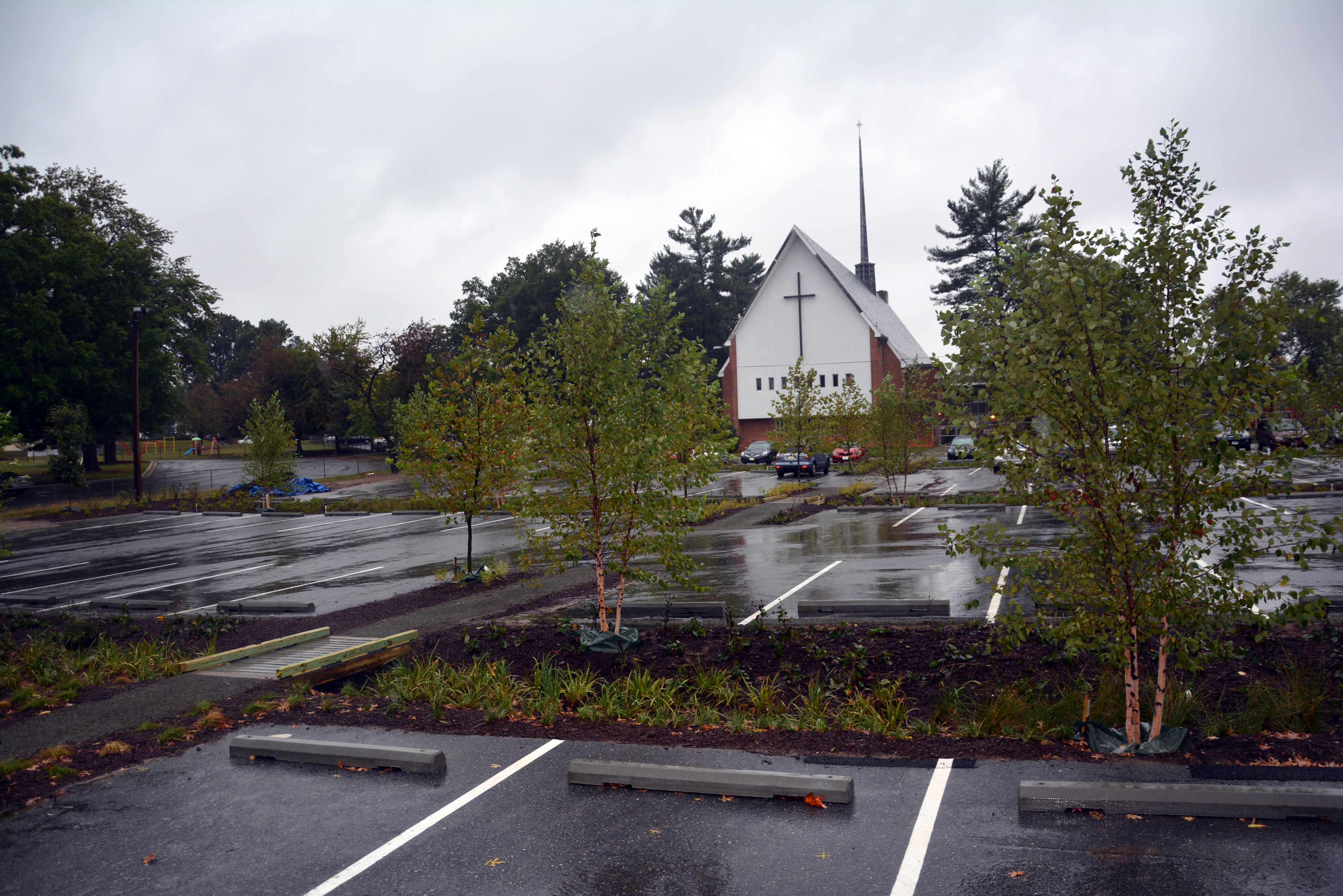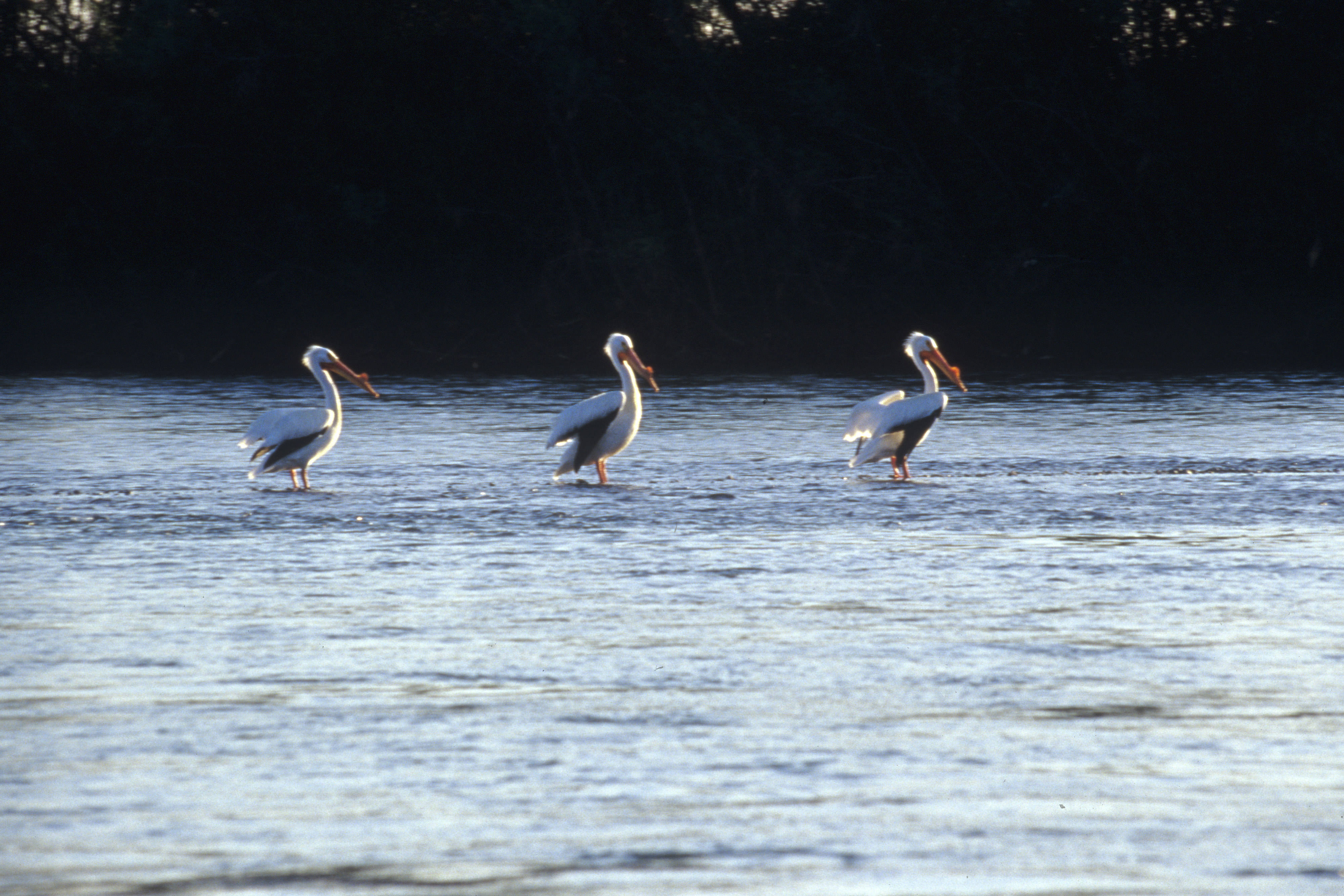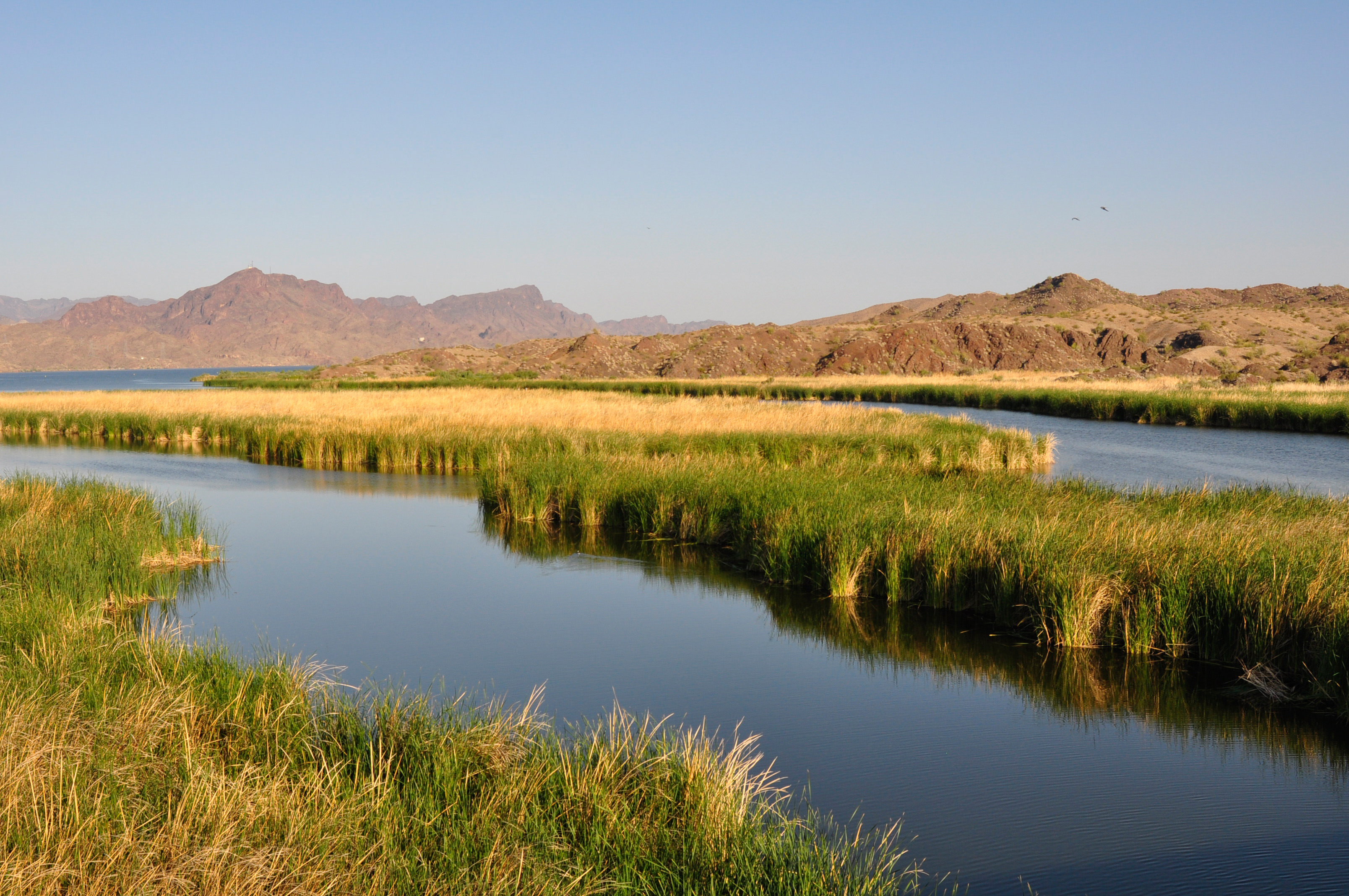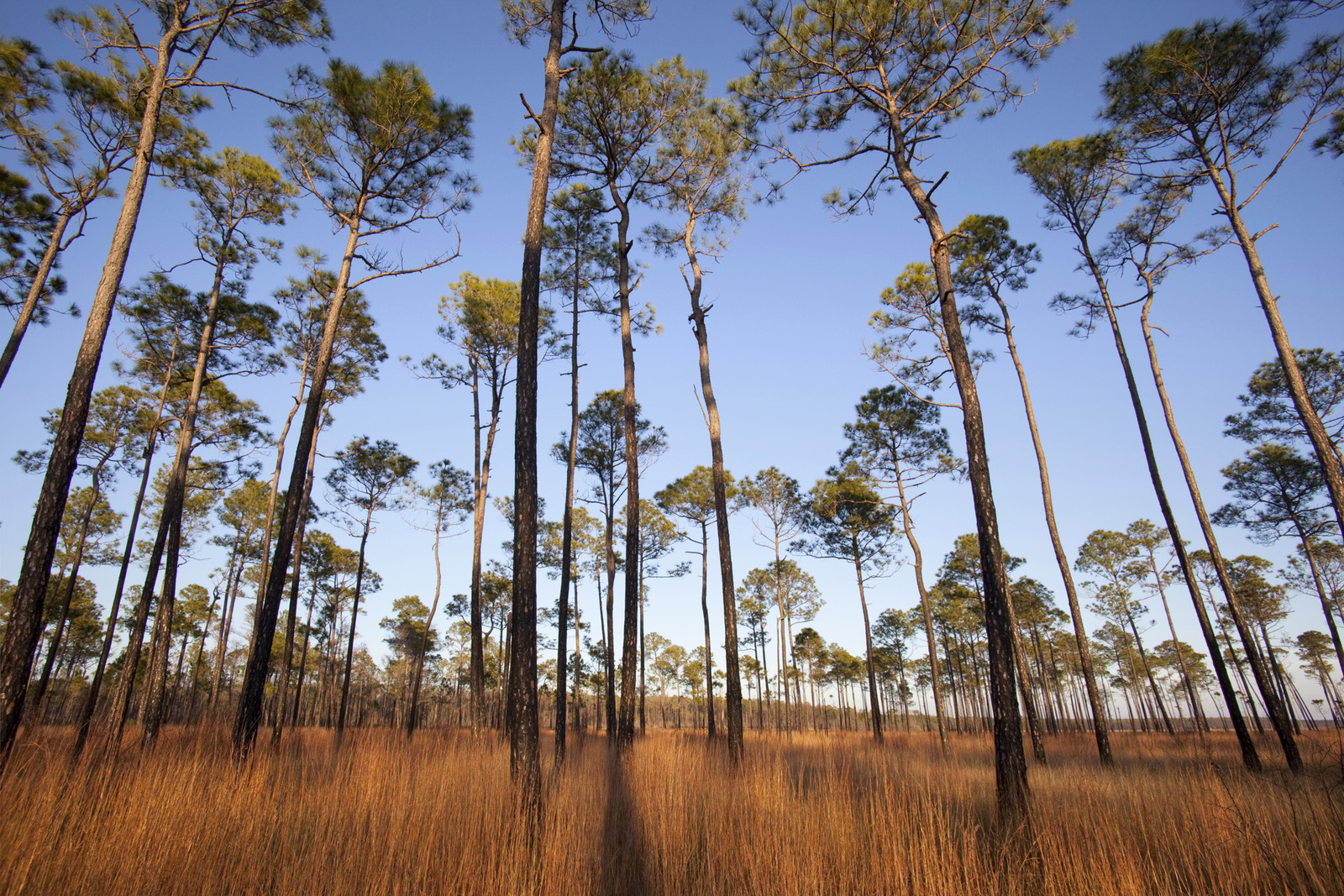Natural Infrastructure
Effective, economical and sustainable solutions to meet America’s needs.
Infrastructure policy should include nature-based solutions to support robust economic development, improve the quality of life in communities and sustain America’s lands and waters for future generations.
The need to improve and maintain America’s infrastructure is well recognized. In its 2017 scorecard, the American Society of Civil Engineers gave the state of the nation’s infrastructure a C- grade. Increasing impacts from extreme weather events, which have caused more than $2 trillion in damages since 1980, make the challenge even greater. Infrastructure failures are becoming all too common, such as the March 2019 flooding along the Missouri River and in north-central states that caused an estimated $10.8 billion in damages, much of it exacerbated by failed levees and dams.
Nature is a smart solution to help meet the nation’s infrastructure needs. It is an effective, economical and sustainable investment that can provide clean and reliable water supplies, improve and maintain harbors and inland waterways and reduce risks from floods, droughts and fires. Investments in natural infrastructure provide multiple economic, environmental and social benefits to communities that need functioning infrastructure and a healthy environment.
For example, people are safer during floods when rivers have more room for floodwaters to disperse and slow down rather than rise, rage and threaten communities. Along coasts, natural features like sand dunes, marshes and reefs reduce wave heights and absorb storm surges.
Natural infrastructure can be used alone or alongside gray infrastructure (like seawalls, dams, levees and water and wastewater systems) to provide cost-effective and sustainable solutions that bring multiple benefits. In addition to helping reduce risk, natural infrastructure can deliver clean water and air, sustain lands that grow food and provide enhanced recreational opportunities and wildlife habitat—all benefiting local economies.
Policy Recommendations
Ensure consideration of nature and nature-based solutions in infrastructure projects.
Improve community quality of life and save taxpayer dollars by encouraging resilient approaches and ensuring collaboration with local partners when fixing structures subject to repeated failures due to extreme weather disasters.
Establish innovative finance mechanisms that enable and encourage leveraging federal investment with other federal, state, local and private investments.
Promote advanced mitigation to improve project delivery and outcomes by allowing environmental considerations to be incorporated prior to the start of construction.
Natural Infrastructure Is Economic and Effective
Coasts. In a 2017 study, The Nature Conservancy (TNC), in partnership with Risk Management Solutions (a global, leading risk modeler for the insurance industry), Guy Carpenter & Co. and others showed that coastal wetlands saved more than $625 million in property damages during Hurricane Sandy and reduced annual property losses by nearly 20 percent in Ocean County, N.J.
Rivers. The Puyallup River in the community of Orting, Wash., historically experienced chronic flooding. During a storm in January 2009, the river crested at 16,900 cubic feet per second. Homes, roads and schools were flooded, and 26,000 people were evacuated in one of the largest evacuations in state history. To alleviate the threat of future flooding, the town invested in extensive floodplain restoration work. The project more than doubled the width of the river by setting back a mile and a half of levee and reconnecting a major side channel—giving salmon a place to spawn and rear and allowing floodwaters to spread out and slow down. The project also created a riverfront park for the community to enjoy. The work was completed in time to mitigate the next flood event in 2014 when the river again crested, this time at over 16,000 cubic feet per second, but there were almost no evacuations or flood damages.
Urban. Thousands of cities throughout the nation are under court order to improve water quality impaired by stormwater overflows. A U.S. Environmental Protection Agency analysis documented an avoided capital cost of $120 million by the city of Lancaster, Pa., stemming from the city’s decision to use a blended gray and natural infrastructure solution to address water quality pollution occurring from stormwater overflows.

Natural Infrastructure Investments Demonstrate Success
To mitigate stormwater runoff, Washington, D.C., has instituted a first-of-its-kind stormwater retention credit (SRC) market. The market reduces the impact of stormwater runoff, which is the largest-growing source of pollution to the Chesapeake Bay watershed. It allows land-constrained developers to meet a portion of their stormwater retention requirements by purchasing SRCs. SRCs are generated by stormwater retention projects elsewhere in the city, including green infrastructure projects.
Investments in green infrastructure for stormwater retention can bring income to landowners and provide a host of valuable co-benefits, including expanded green space, reduced localized flooding, increased flexibility and onsite revenue options for developers and jobs to build and maintain green infrastructure sites. In particular, offsite credit projects create opportunities for infrastructure investments in underserved communities.
CASE STUDY
Hamilton City, California

In partnership with the U.S. Army Corps of Engineers (the Corps), the California Department of Water Resources and Reclamation District 2140, TNC championed a $73 million project where, for the first time, the Corps designed a multi-benefit project to specifically reduce flood damages and restore critical floodplain habitat on the Sacramento River.
In the spring of 2016, construction began on a new 6.8-mile setback levee that reconnects 1,450 acres of floodplain between the levee and the river. Approximately 1,361 acres have been restored to native riparian habitat, and the flood risk to Hamilton City, where evacuations have taken place six times in the past few decades, has been significantly reduced.



